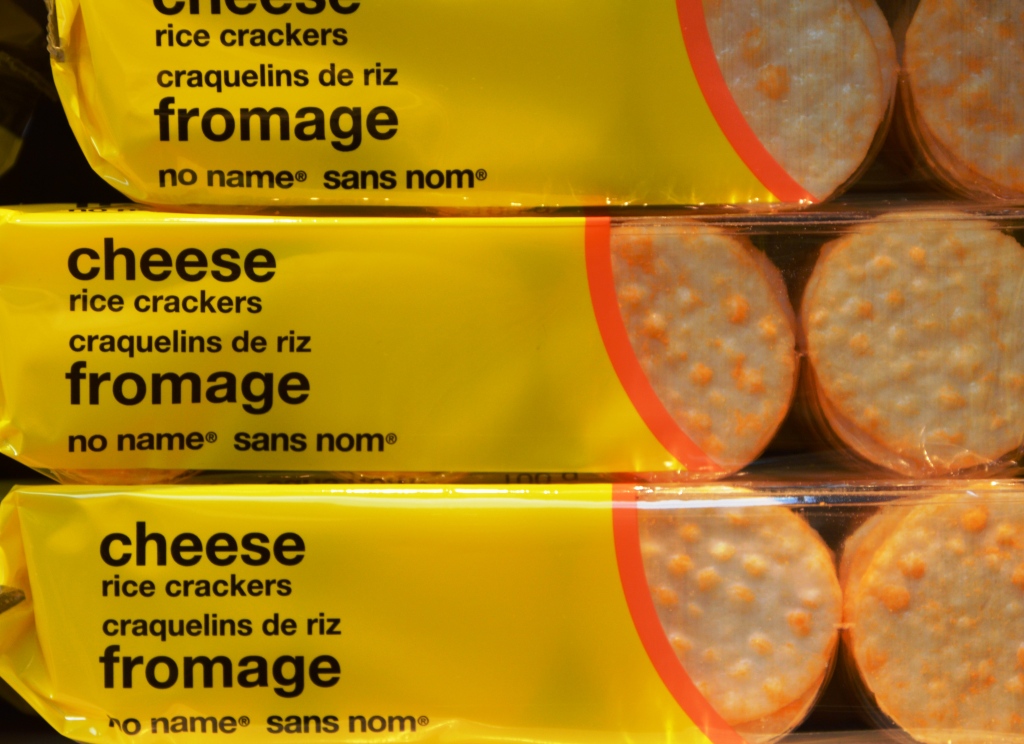In an era where branding is everything—where logos, taglines, and colors define consumer perception—the idea of a “brand with no name” seems counterintuitive. Yet, it’s an emerging concept that challenges traditional marketing. These identity-less brands are disrupting norms, forcing marketers and consumers alike to rethink what defines value, loyalty, and authenticity in the digital age.
Understanding the Concept of a Nameless Brand
A nameless brand isn’t necessarily without identity; instead, it subverts traditional identifiers. It forgoes names, logos, and sometimes even packaging. Instead of visual branding, it lets product quality, community values, or experiential differentiation speak for itself.
The most well-known early adopter of this concept is the fashion brand Maison Margiela, which uses blank tags and minimal design to reflect anti-brand sentiment. Similarly, No Logo, a 1999 book by Naomi Klein, sparked a movement that inspired many to view branding as a form of corporate overreach, giving rise to anti-brand or “post-brand” identities.
The Evolution of Brand Identity: From Logo to Legacy
Traditionally, a brand was built around visual and verbal cues: a catchy name, a bold logo, a memorable jingle. Think Nike’s swoosh or Apple’s bitten fruit. These elements make products instantly recognizable and convey values or emotions.
However, digital disruption has changed the game. Consumers are now flooded with thousands of ads and visuals daily. In this cluttered space, some brands opt for minimalism or even invisibility, betting that mystery and authenticity will stand out more than flashy marketing.
Psychology Behind a Nameless Brand
Consumer psychology reveals a fascinating twist: the less you say, the more people fill in the blanks. When a product lacks overt branding, it invites curiosity. Buyers start asking questions—Who made this? What does it represent?—and that engagement builds stronger personal connections.
A nameless product may also feel more “pure” or genuine. It appeals to consumers who see overt branding as manipulative. This authenticity factor is especially appealing to Gen Z and Millennials, who prioritize transparency and ethics over image.
Minimalism as a Marketing Strategy
Minimalism isn’t just aesthetic—it’s psychological and strategic. By reducing branding elements, companies signal confidence in their product and values. It’s a bold statement: We don’t need a logo to prove our worth.
Take, for example, Brandless, a company that sold everyday products like food and household items without labels or traditional branding. Their clean packaging and simple pricing model communicated values—affordability, simplicity, transparency—that resonated deeply with modern consumers.
In the digital age, minimalism is more powerful than ever. A brand with no name can go viral precisely because it’s enigmatic and conversation-worthy.
The Role of Community and Storytelling
Without logos or taglines, the focus shifts to storytelling and community. These brands often cultivate a loyal customer base through shared values, interactive platforms, and compelling missions.
Community-generated content becomes the primary promotional tool. Instead of pushing a brand message, these companies rely on word-of-mouth, influencer collaborations, and authentic customer testimonials. The audience becomes the advertiser.
Brands like Muji (which loosely translates to “no-brand quality goods” in Japanese) have mastered this by offering quality products with no visual branding, relying on customer loyalty and minimalist lifestyle trends to spread awareness.
SEO and Digital Strategy for Nameless Brands
From an SEO perspective, building a nameless brand presents unique challenges. Without a strong name or logo, visibility depends heavily on:
- Content marketing: Blogging, guest posts, and long-form content help create searchable authority.
- User-generated content (UGC): Social mentions, hashtags, and reviews become critical signals.
- Influencer partnerships: Influencers can amplify brand awareness without relying on traditional branding.
- Mission-driven keywords: Instead of searching for the brand name, people might search for its purpose—like “ethical skincare” or “plastic-free home goods.”
By strategically optimizing for these intent-driven terms, nameless brands can achieve high visibility even without name recognition.
Risks and Challenges of Being a Brand With No Name
While innovative, this branding strategy isn’t without its pitfalls:
- Recognition issues: Without a logo or name, repeat purchases and word-of-mouth referrals may be difficult.
- Imitability: Competitors can easily replicate unbranded packaging or concepts.
- Limited trademark protection: A traditional brand name and logo offer legal safeguards that nameless brands forgo.
- Dependence on community: If customer engagement drops, the brand can vanish from public consciousness.
To mitigate these risks, such brands must double down on product quality, storytelling, and experience. A nameless brand has to be exceptional in other ways to make up for its lack of visual identity.
Conclusion
As consumers grow more skeptical of traditional marketing, the appeal of nameless brands is likely to grow. By focusing on quality, values, and community, these identity-free companies redefine what it means to build brand equity in a logo-saturated world.
Ironically, by having no name, these brands may become the most memorable of all.
FAQs
1. What is a brand with no name?
A brand with no name forgoes traditional identifiers like logos, names, and slogans. It relies on product quality, community trust, and minimalist design to stand out.
2. Can a nameless brand be successful?
Yes, several brands—like Muji and Brandless—have shown that minimal or no branding can attract loyal customer bases and strong word-of-mouth marketing, especially in niche and ethical markets.
3. How do consumers find or search for nameless brands?
Consumers often find nameless brands through content marketing, influencer mentions, and search terms tied to values or product categories (e.g., “eco-friendly shampoo” instead of a brand name).
4. What industries are best suited for nameless branding?
Nameless branding works well in fashion, cosmetics, wellness, home goods, and food—industries where lifestyle values and product experience matter more than logos.
5. How can a nameless brand protect itself legally?
While traditional trademarks may not apply, nameless brands can protect themselves through product patents, design copyrights, and by building strong communities that discourage imitation.
Also read: Content Marketing Strategies That Actually Work: A Complete Guide.

